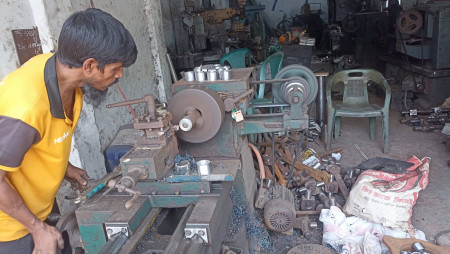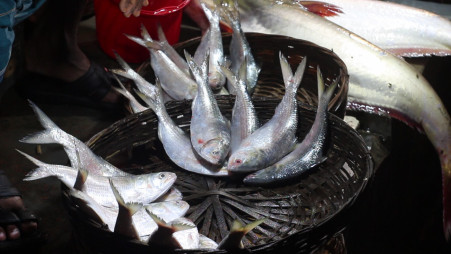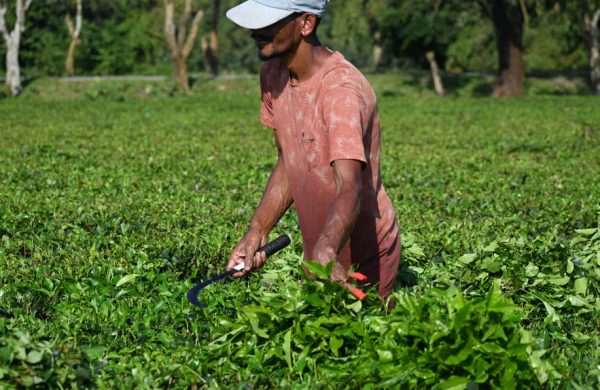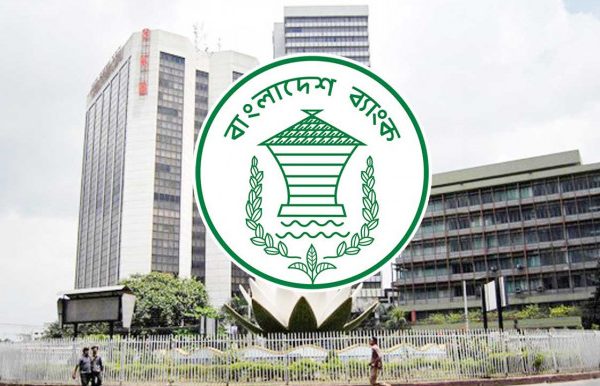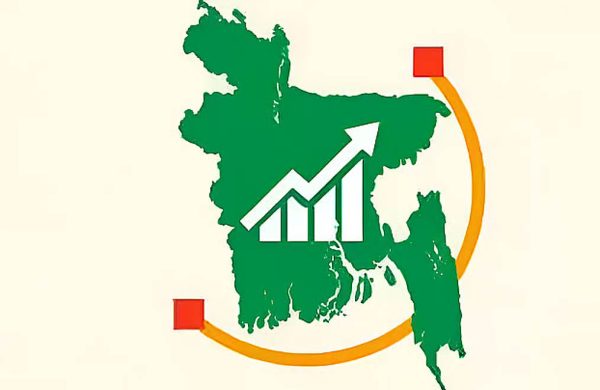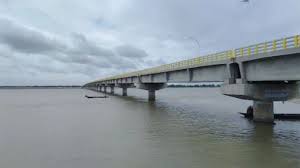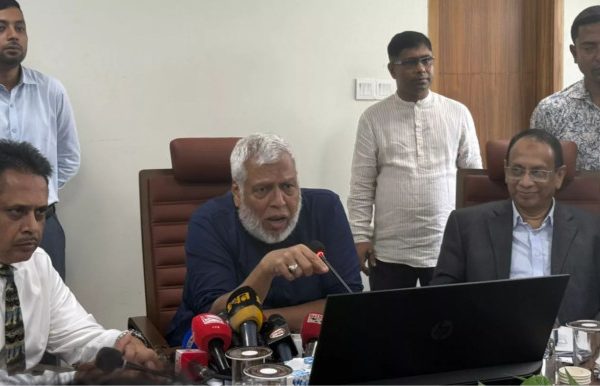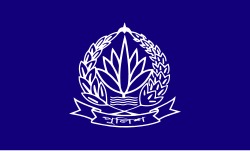BD sees its development spending sink to 2-decade law in FY2025
- Update Time : Thursday, July 24, 2025
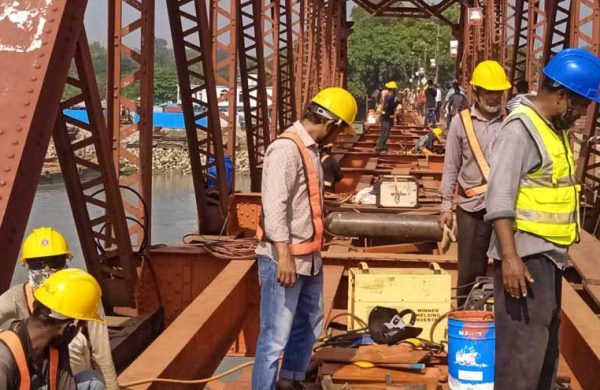
Staff Correspondent:
Bangladesh has recorded its lowest annual development spending in two decades, with just 67.85 percent of the revised Annual Development Programme (ADP) budget executed in the fiscal year 2024–25.
The slump reflects political turmoil, slower project activity, and deep interim spending cuts.
According to the Implementation Monitoring and Evaluation Division (IMED), this is the lowest ADP implementation rate since fiscal 2004–05, when public tracking of such data began.
The figure represents a sharp decline of nearly 13 percentage points from the previous fiscal year’s 80.63 percent.
The slump follows a year of significant political upheaval.
Development activity slowed considerably in the early months of the fiscal year amid widespread unrest and violent protests leading to the fall of the Sheikh Hasina-led Awami League government.
Although project execution picked up modestly after December, momentum faltered again in subsequent months. Also, the interim government, which took over following Hasina’s fall, moved swiftly to trim ADP allocations and refocus priorities.
As part of cost-containment measures, the revised ADP was slashed by Tk 490 billion, a reduction of 18.49 percent from the original size. As a result, total ADP spending for the year stood at Tk 1.53 trillion, down from Tk 2.05 trillion the previous year.
The original ADP for FY25, including allocations to autonomous bodies, had been approved at Tk 2.78 trillion by the previous administration, with the core ADP size at Tk 2.65 trillion.
However, the interim administration scaled it back to Tk 2.16 trillion in light of revenue constraints and shifting policy priorities.
Monthly IMED data illustrates the uneven implementation trend.
In June 2025, agencies spent Tk 424.45 billion, 18.77 percent of the revised ADP, compared with 23.09 percent or Tk 587.43 billion in June 2024.
May spending was recorded at Tk 175.81 billion, 7.77 percent of the revised ADP, up from 8.28 percent a year earlier.
In April, implementation stood at just 4.66 percent, significantly below the 6.96 percent recorded the same month the previous year.
Though ADP implementation typically accelerates in the final quarter of the fiscal year, the latest figures suggest a more modest end-of-year push than in previous cycles.
Officials say the government’s cautious approach, coupled with strict oversight and reduced funding for politically sensitive projects, contributed to the lower disbursement.
Historical data underscores the exceptional nature of this year’s decline. ADP execution rates over the past decade have ranged between 80 percent and 99 percent, including 94.66 percent in FY19 and 92.74 percent in FY22.
Planning officials also noted a shift in disbursement culture. Unlike previous years, there was little sign of the traditional end-of-year “rush spending” on unfinished works simply to exhaust budget allocations. Instead, authorities appeared focused on priority-based implementation aligned with fiscal prudence.
For the new fiscal year, the interim government has announced a Tk 7.9 trillion national budget — the first time since independence that the budget size has contracted compared to the previous year. The new ADP has been set at Tk 2.3 trillion.



